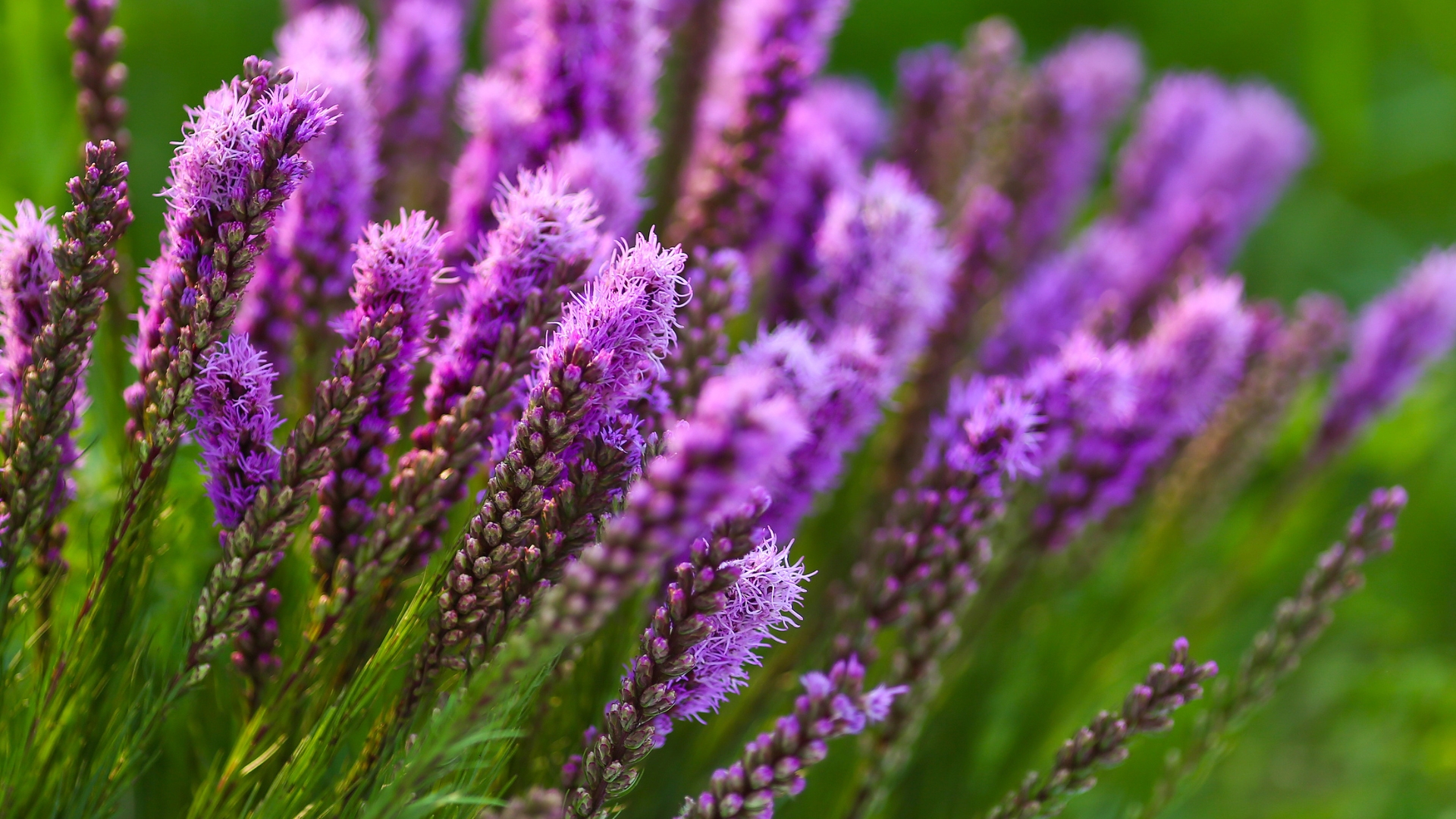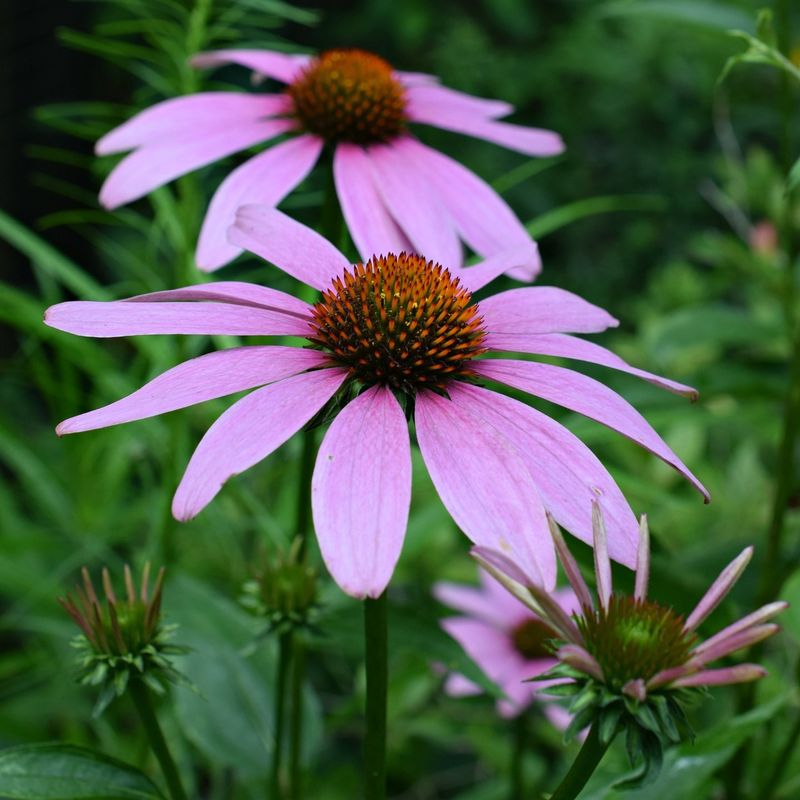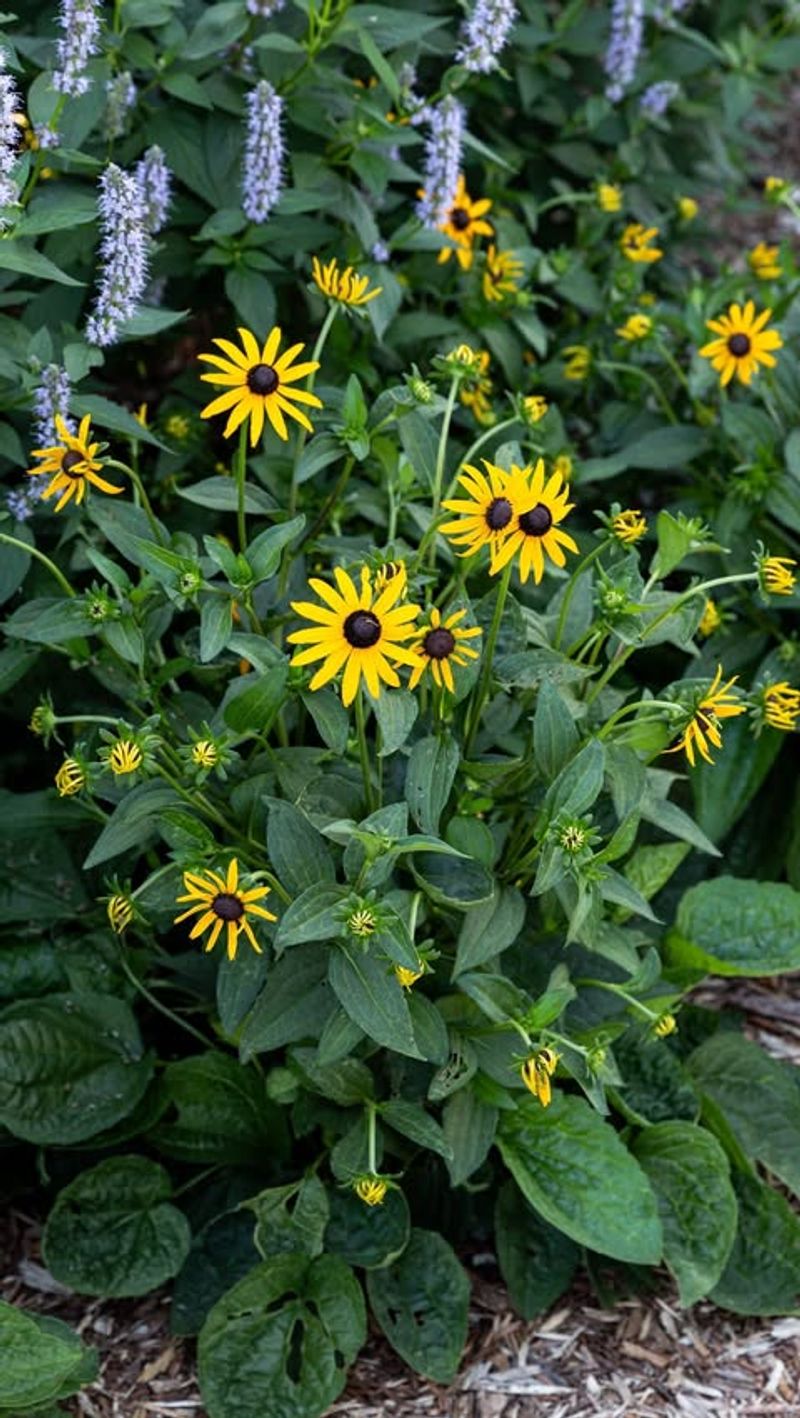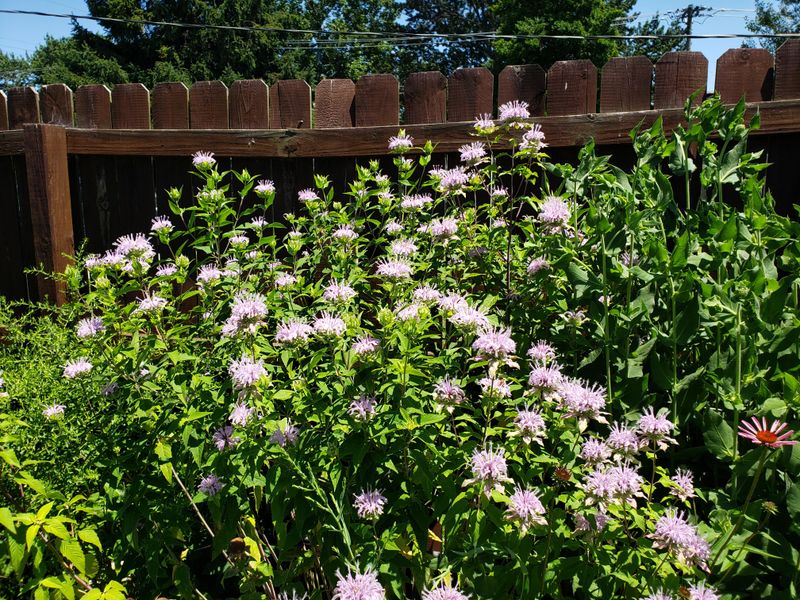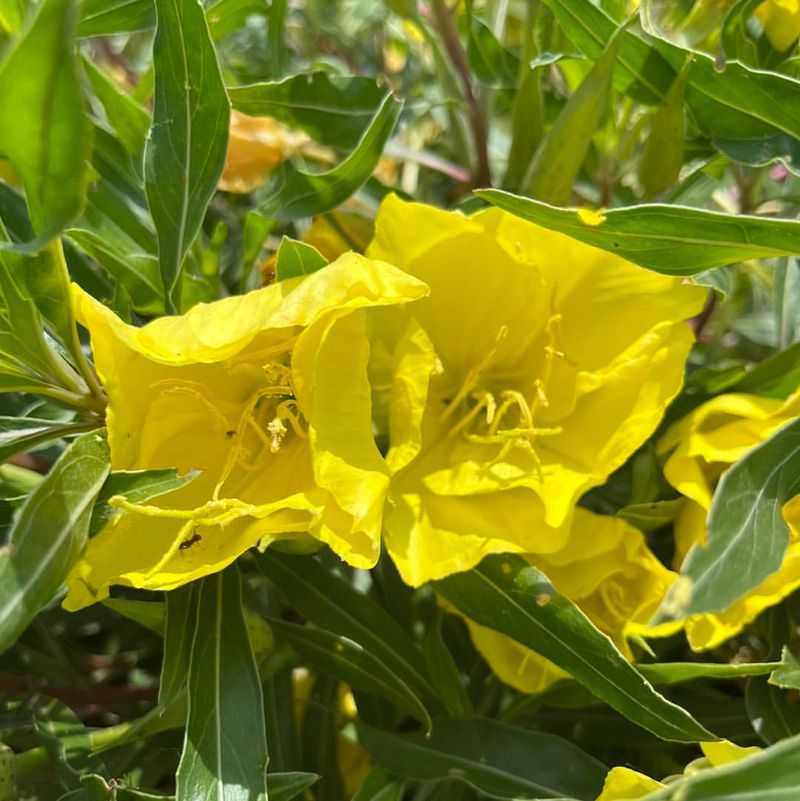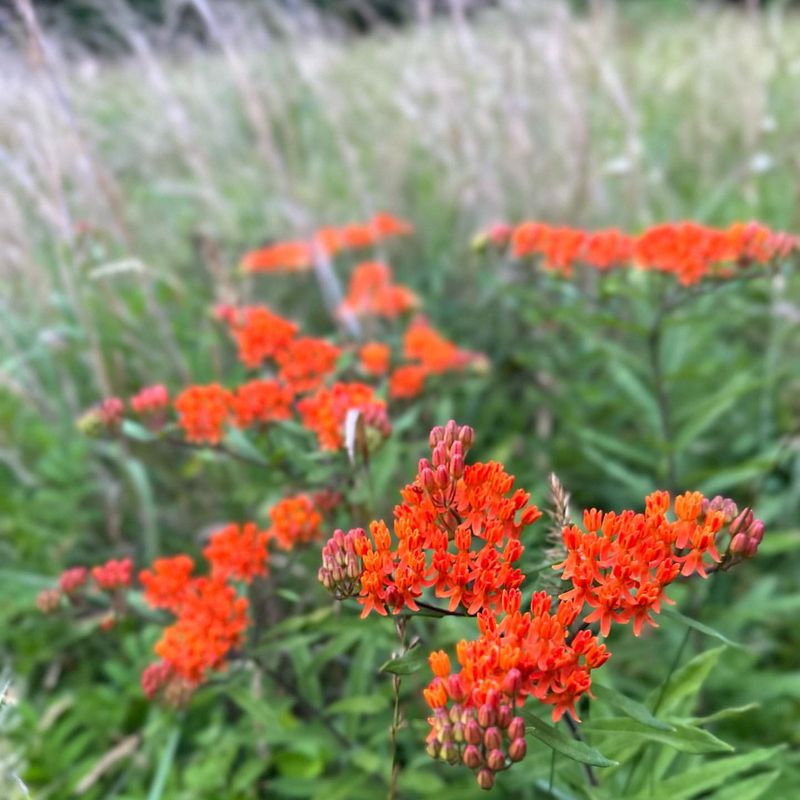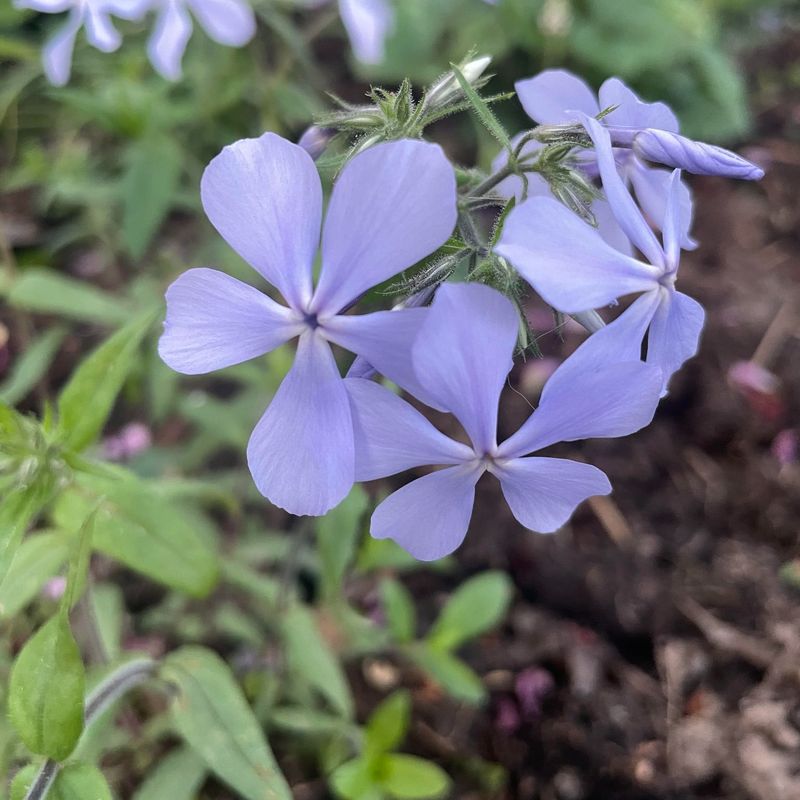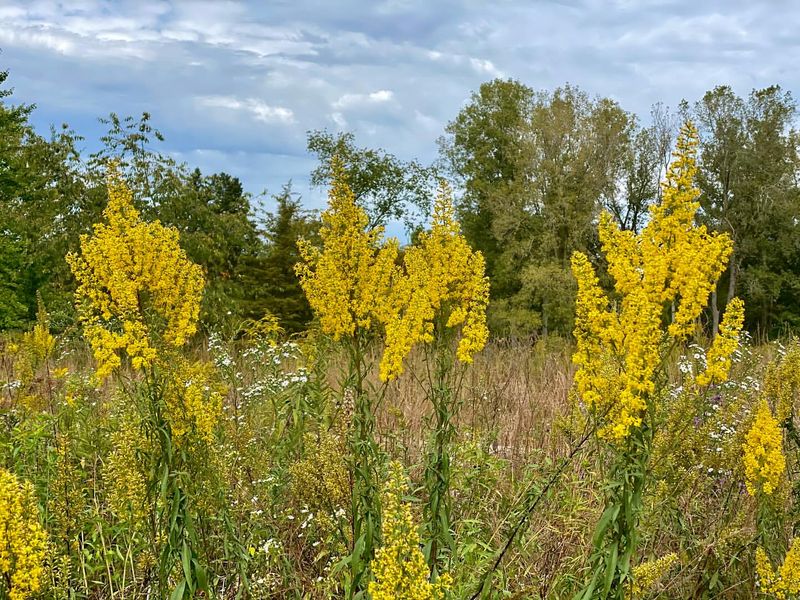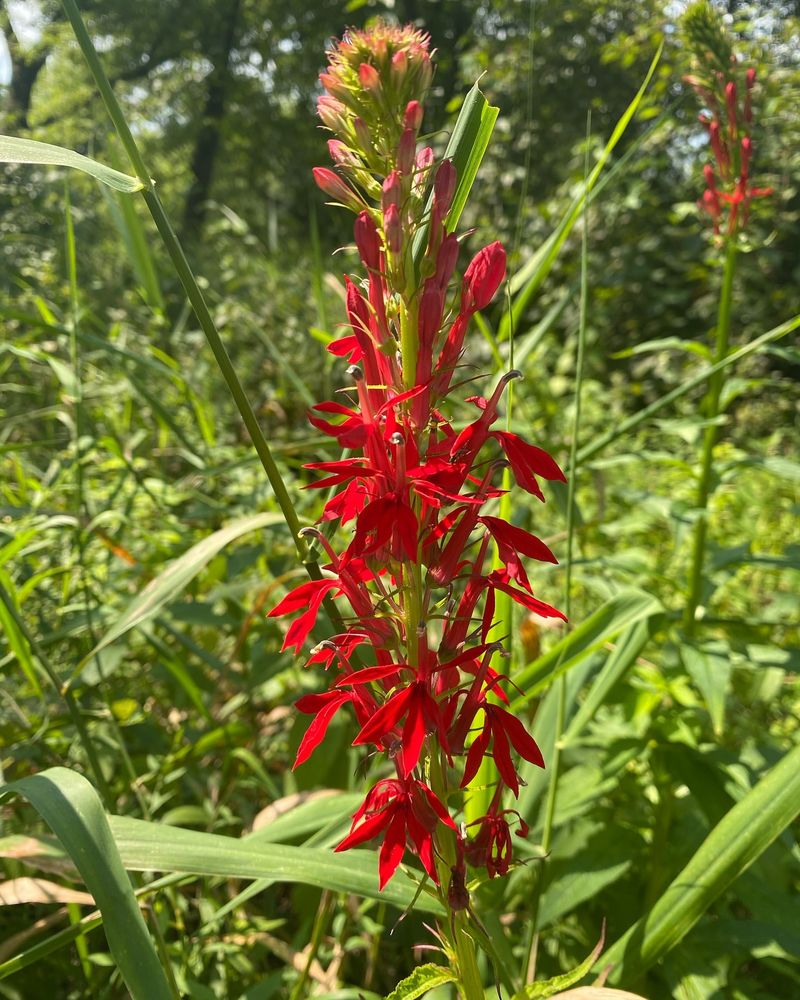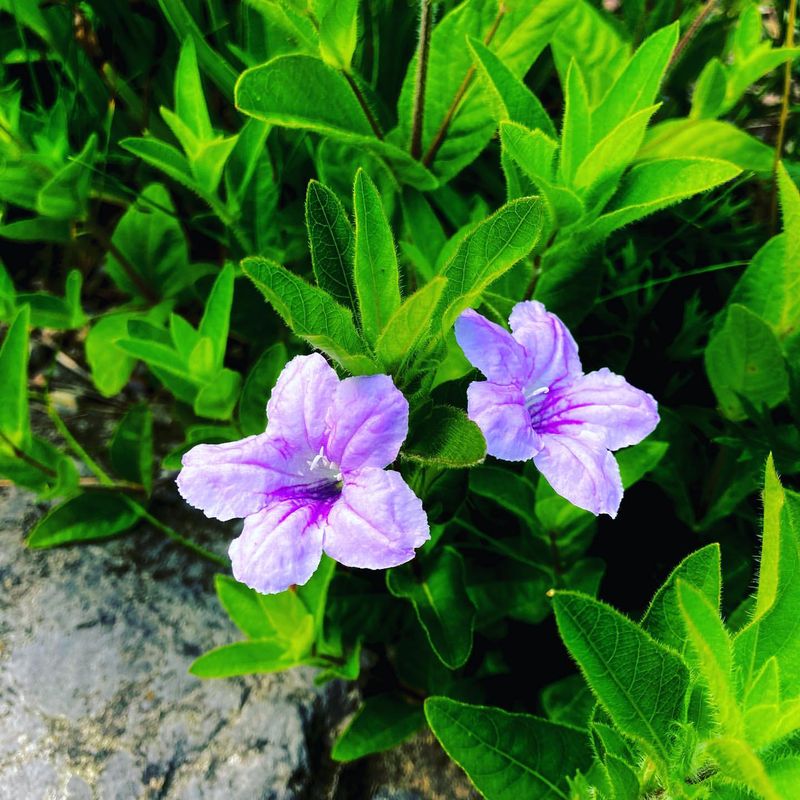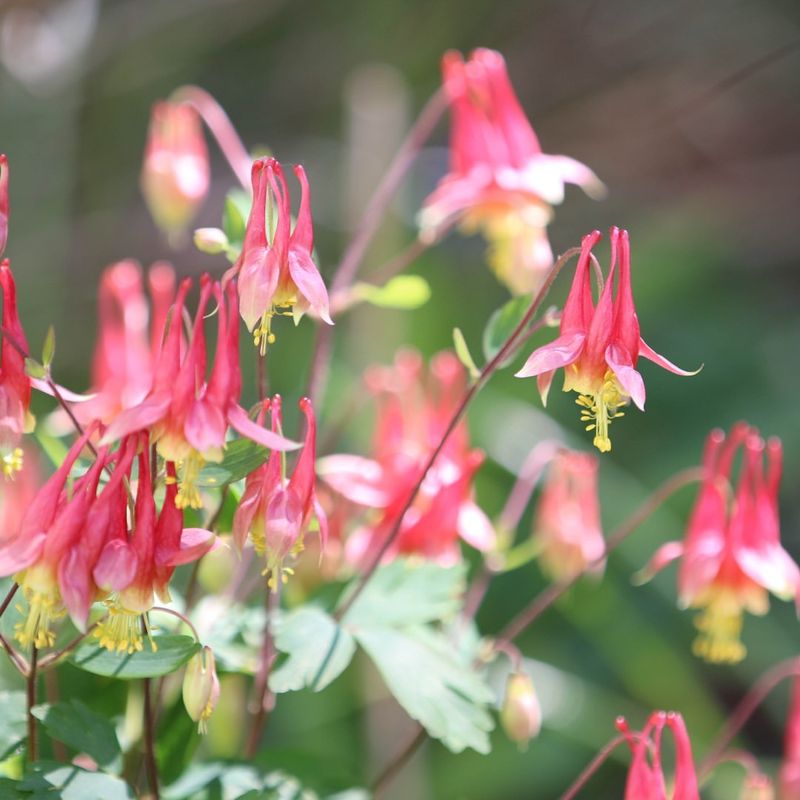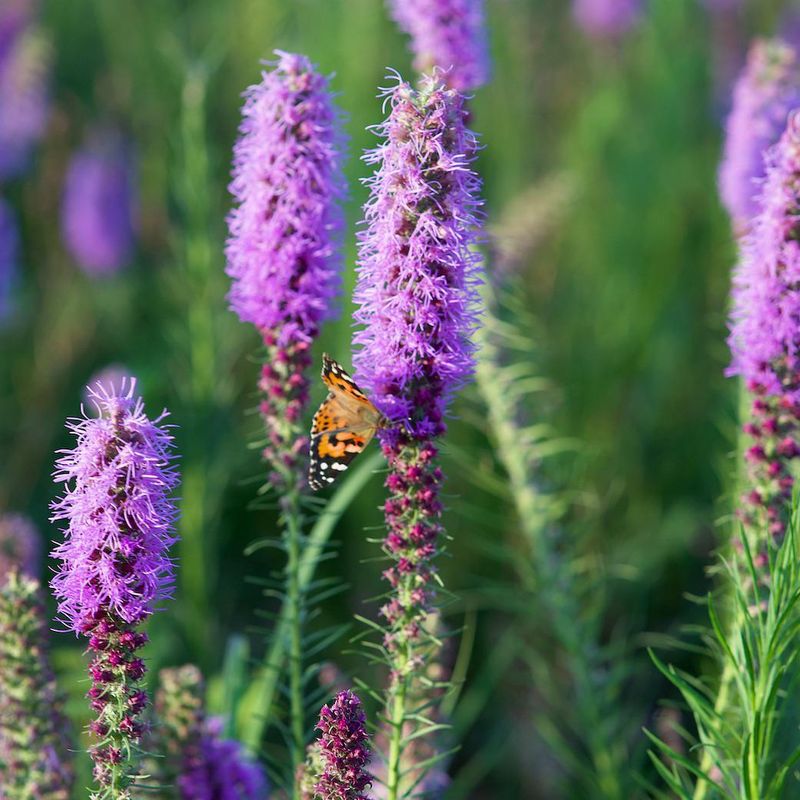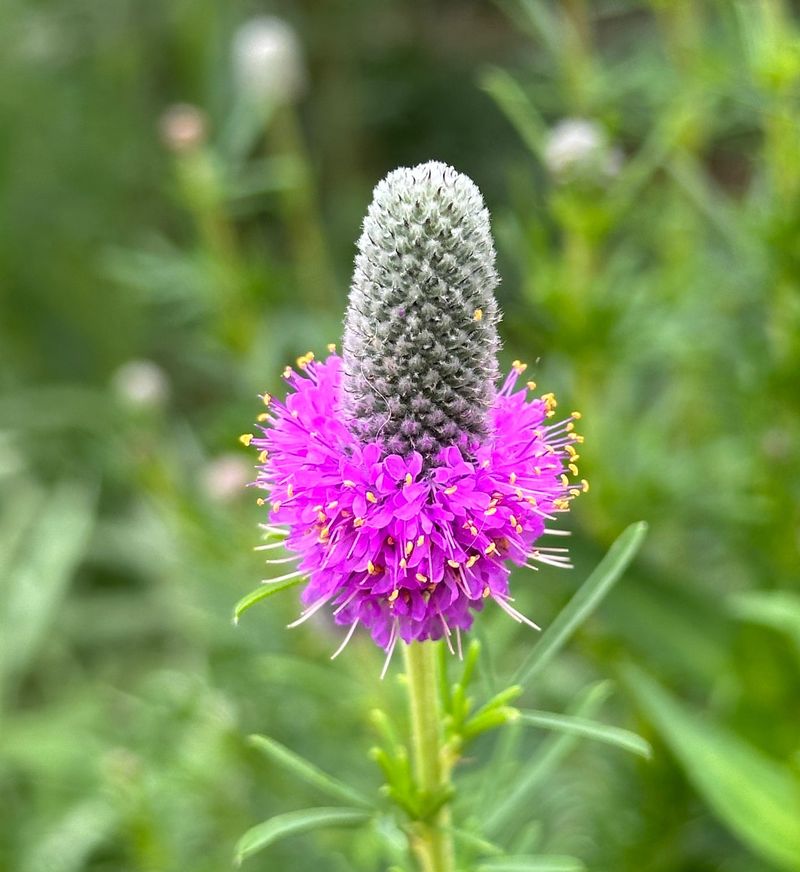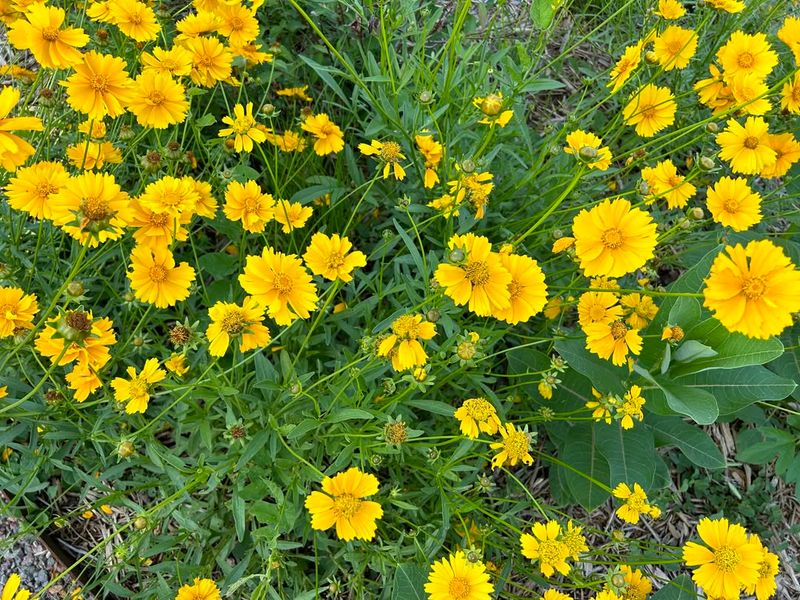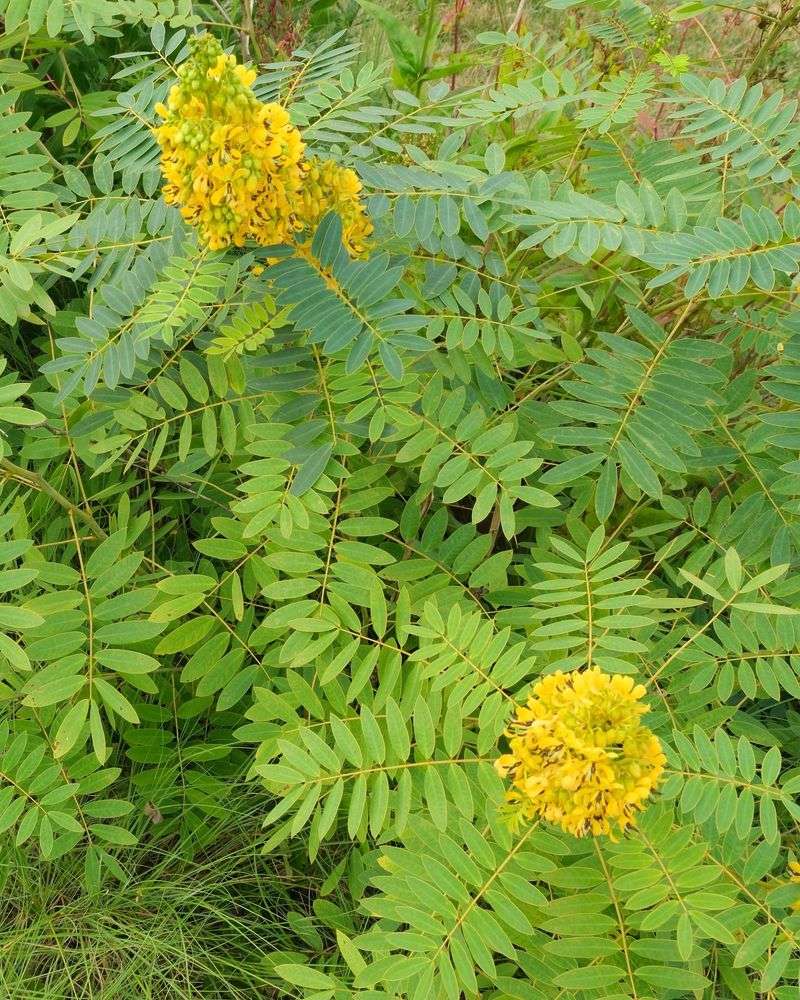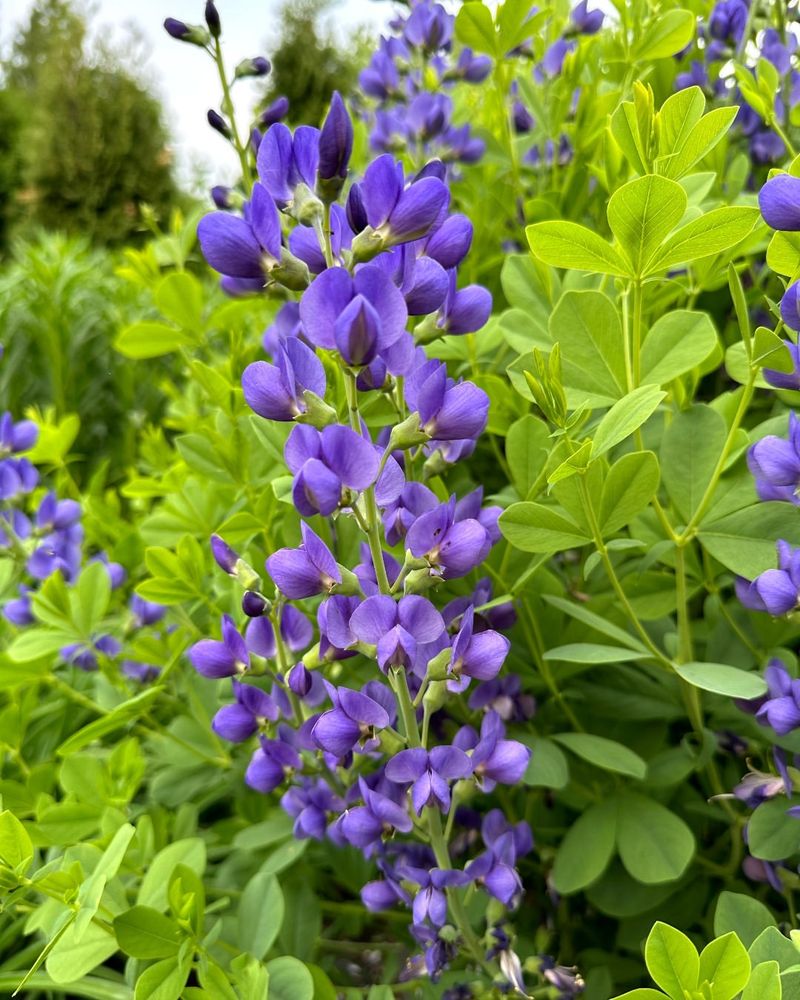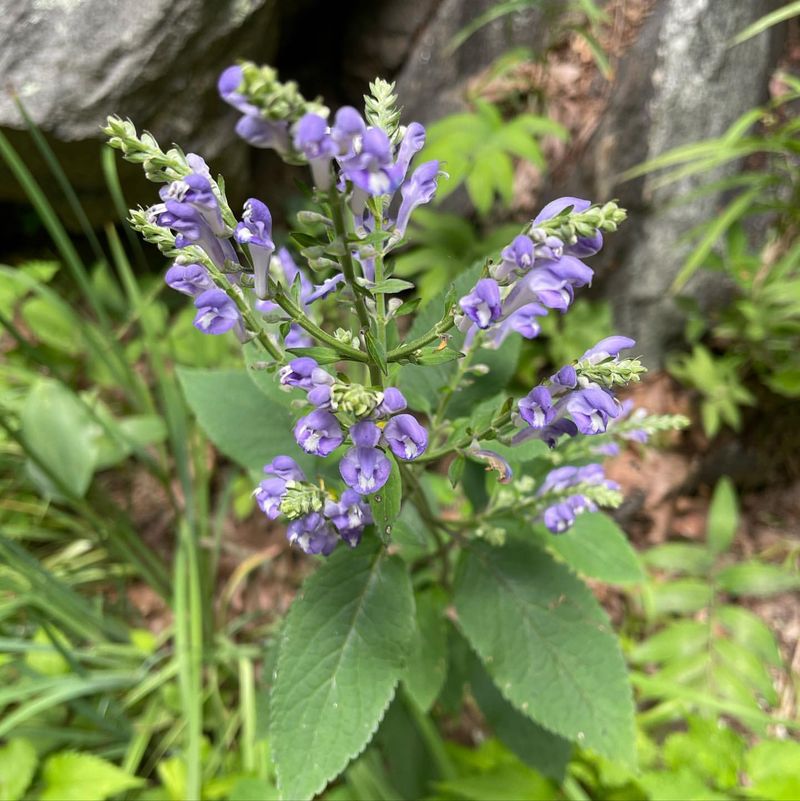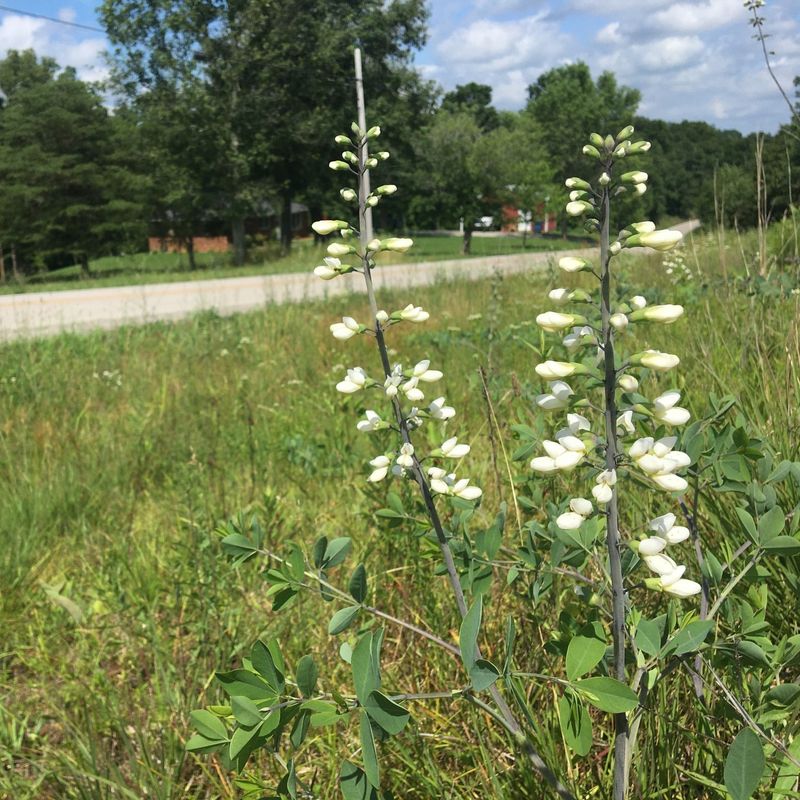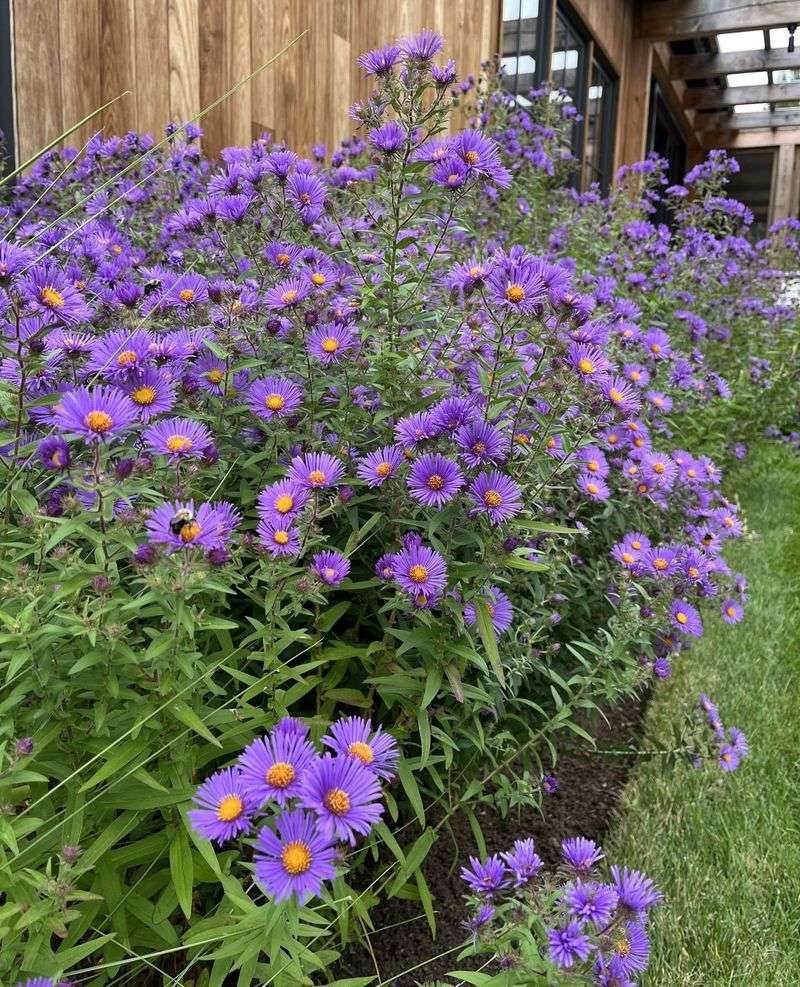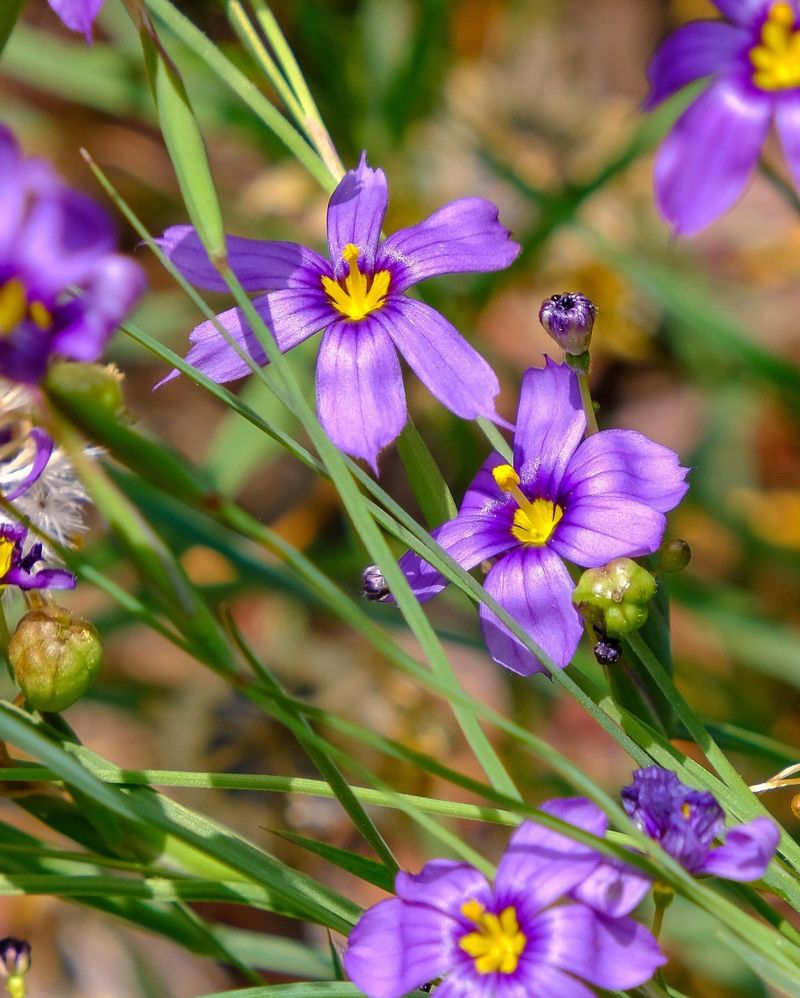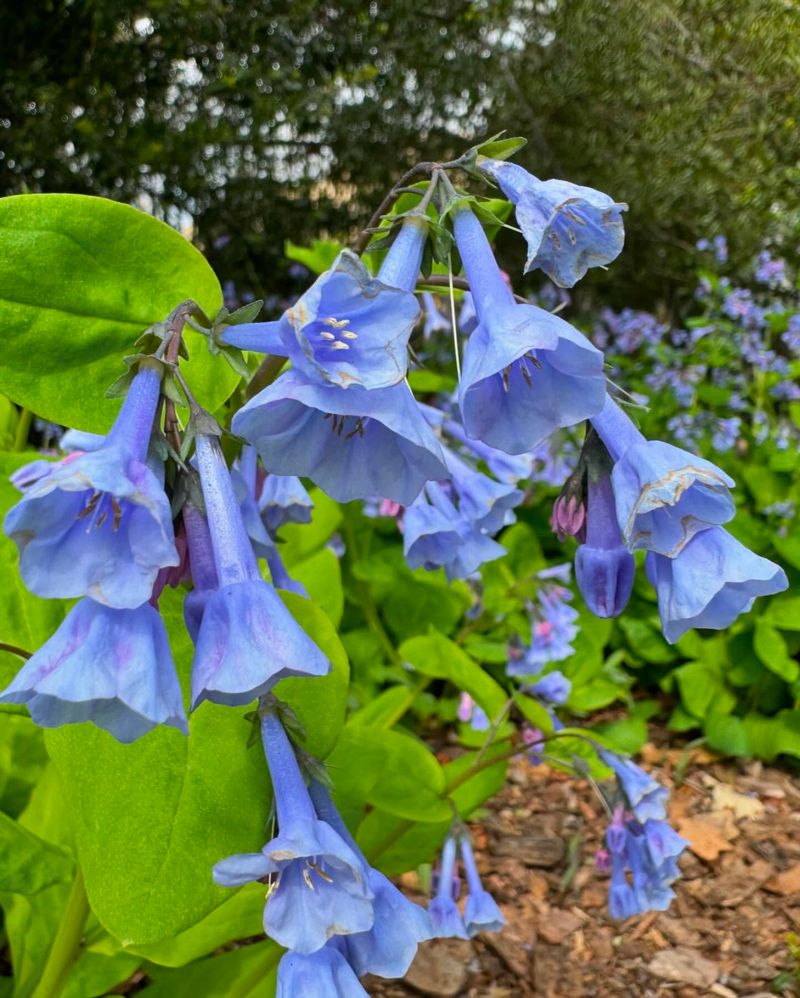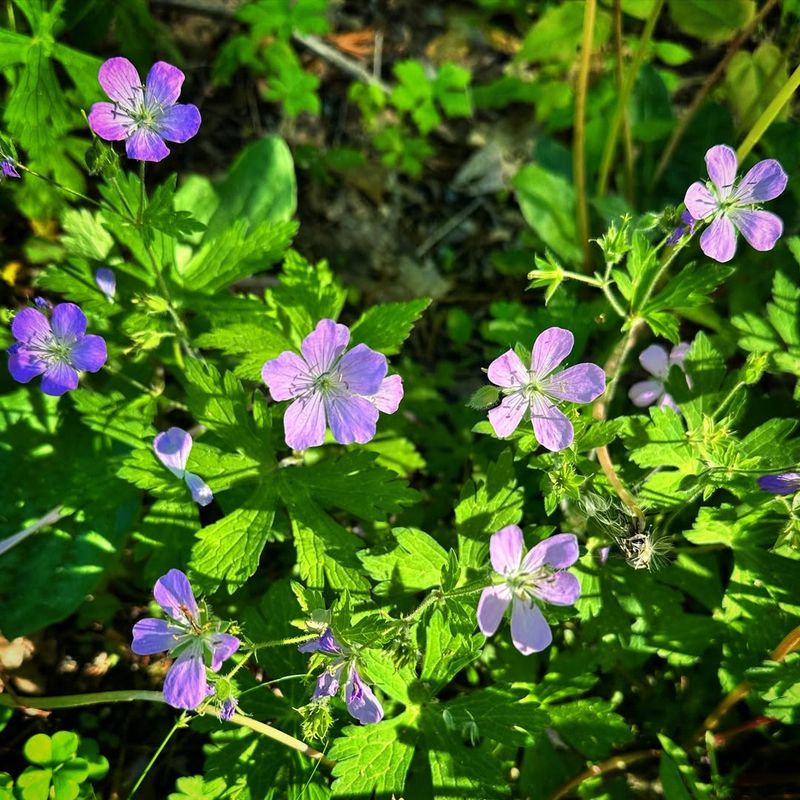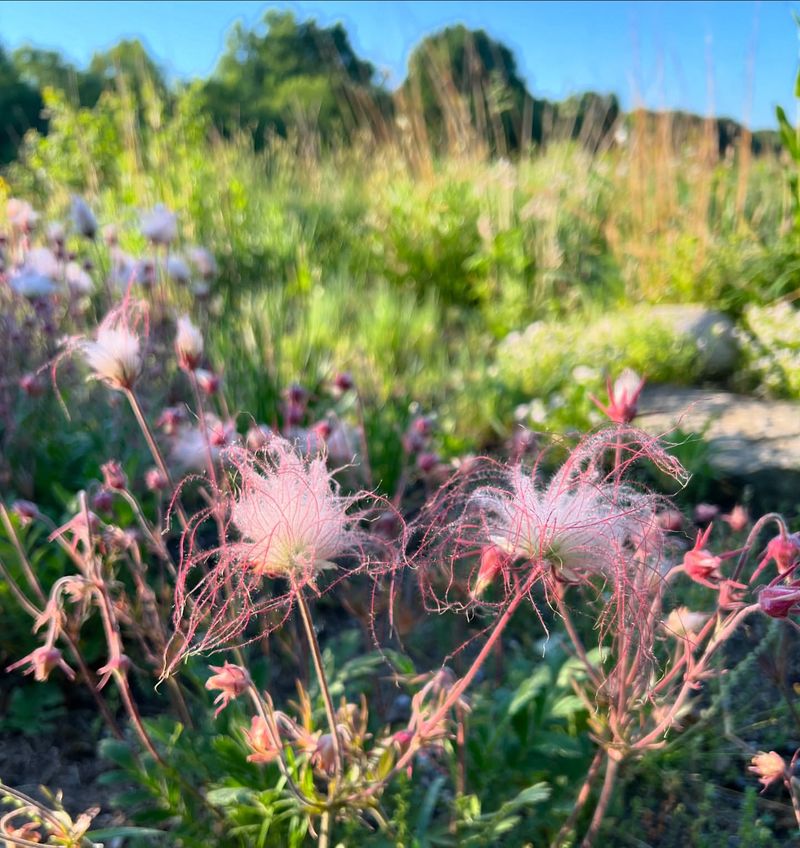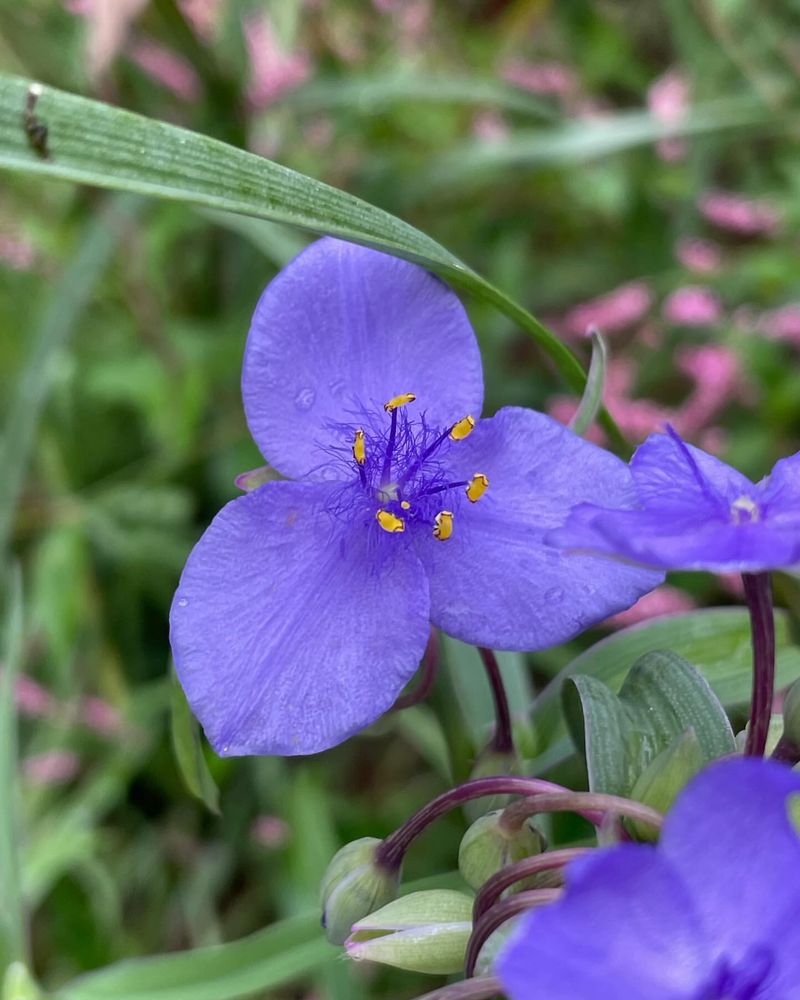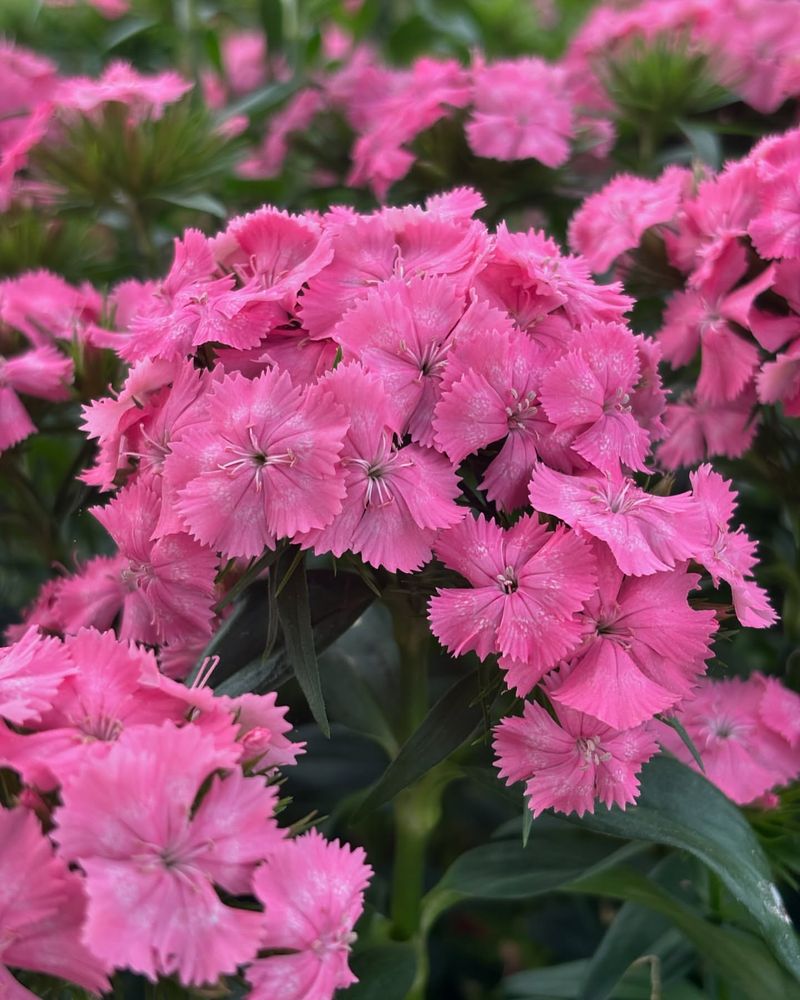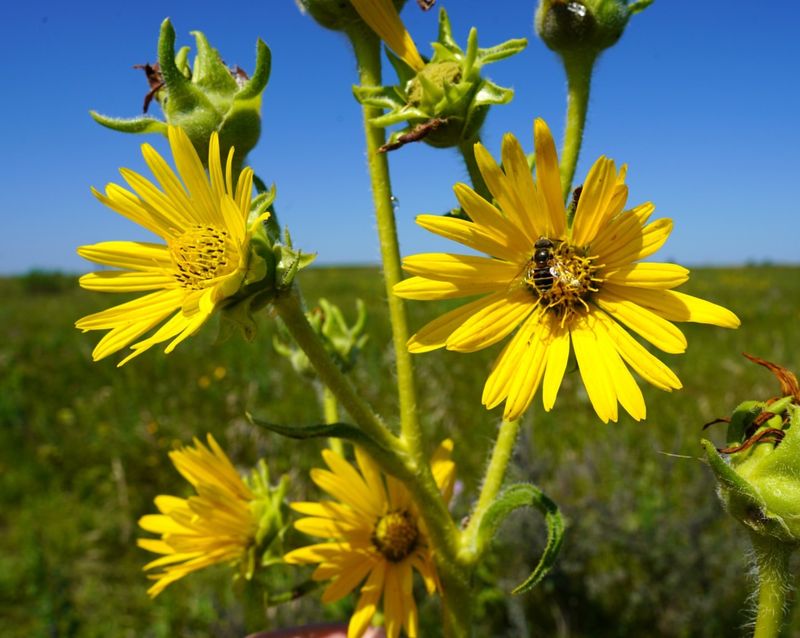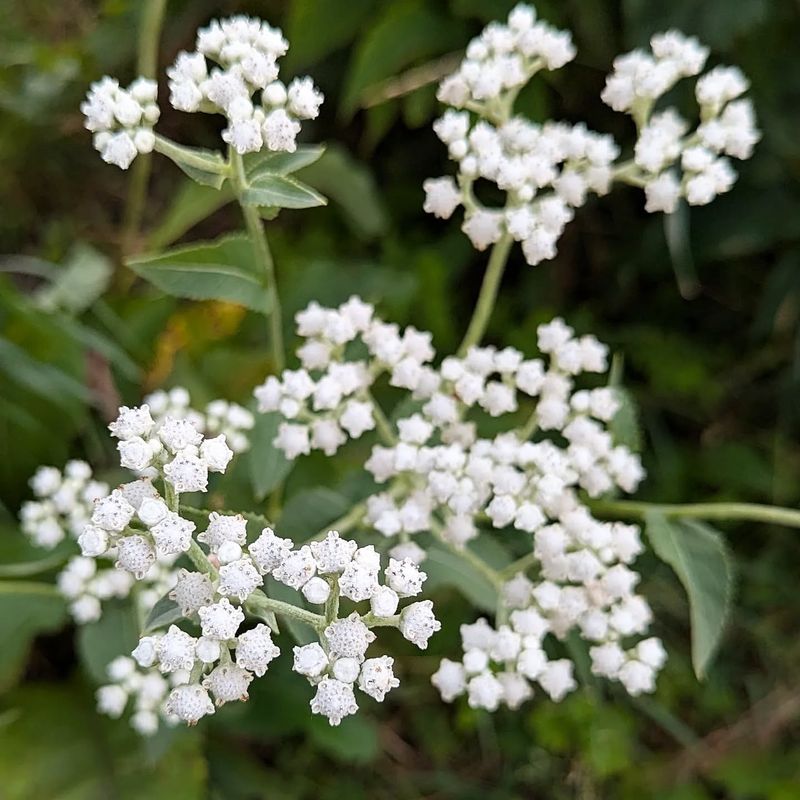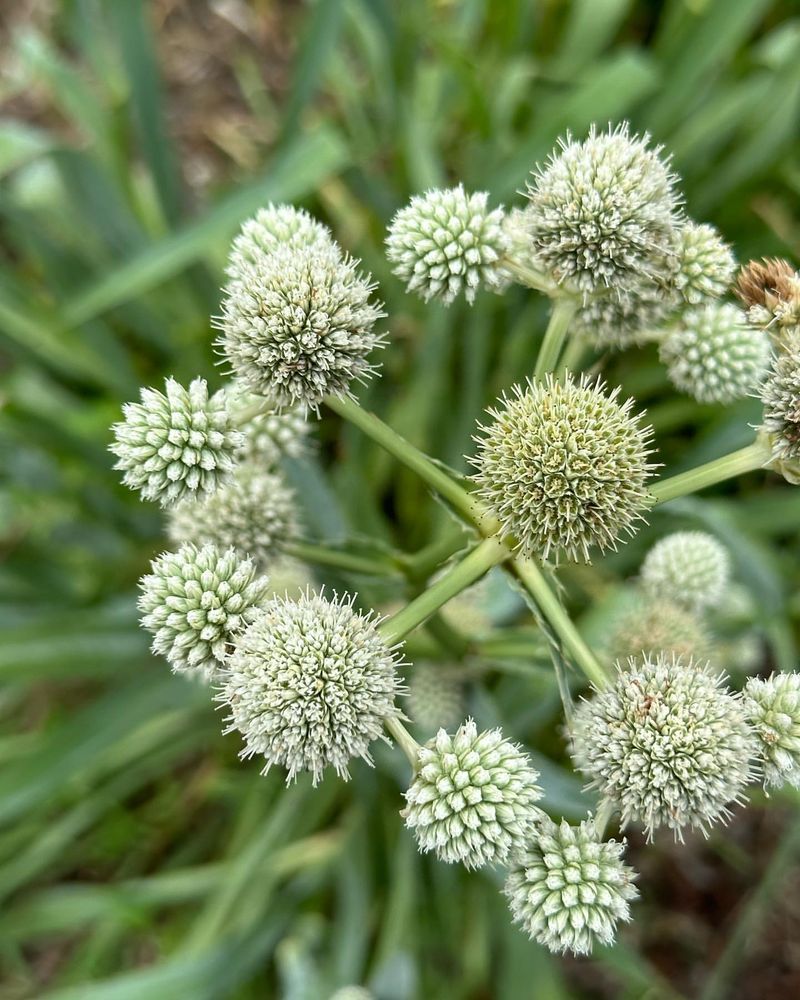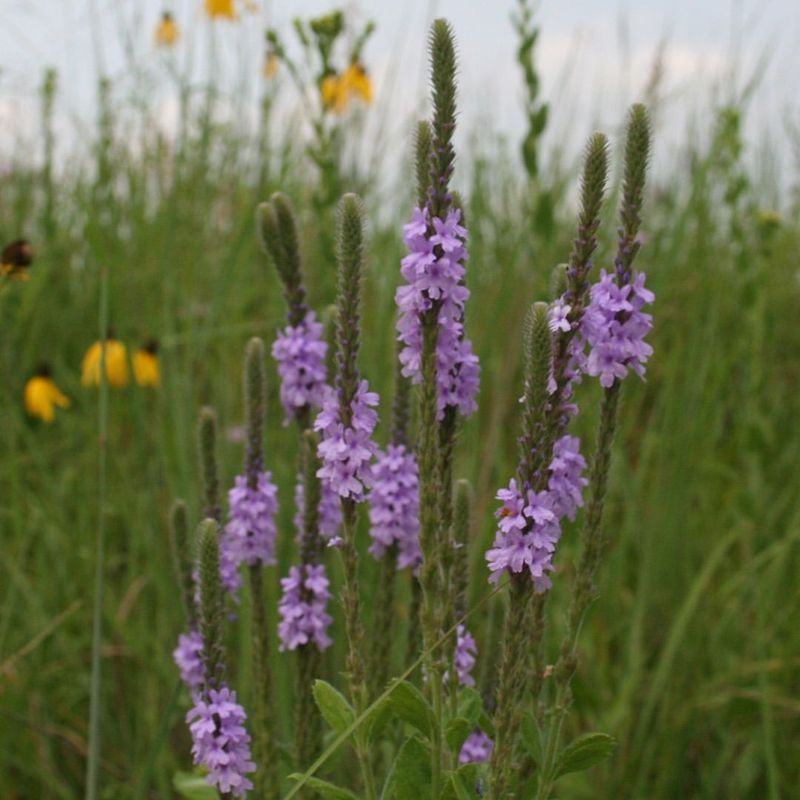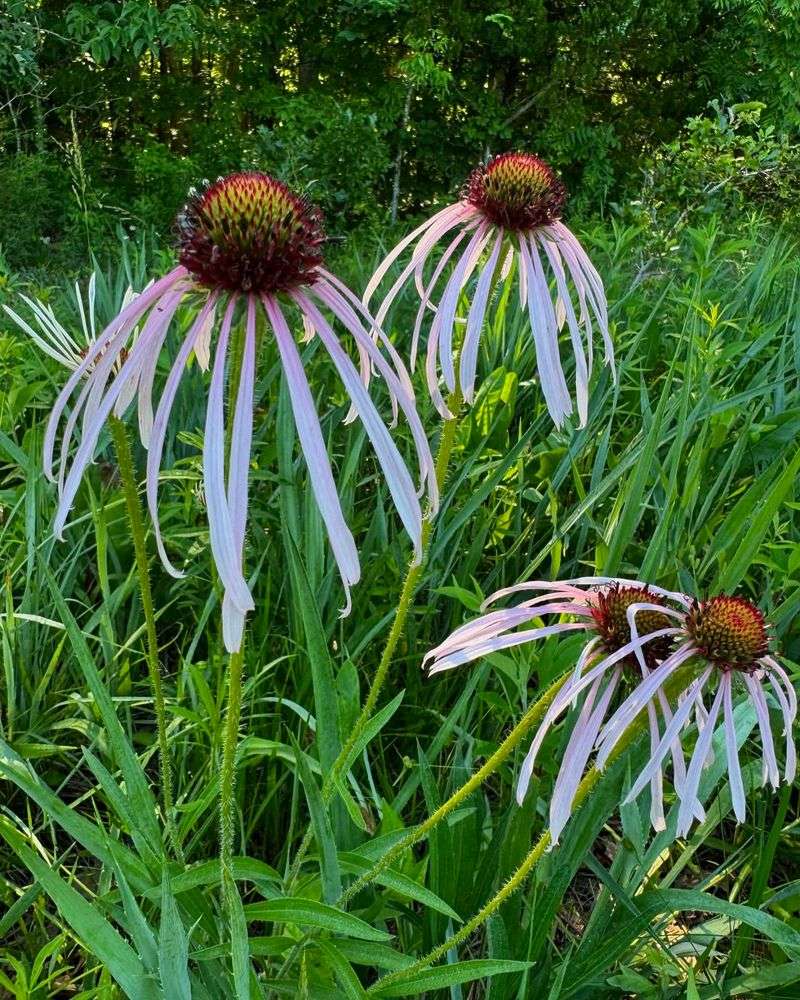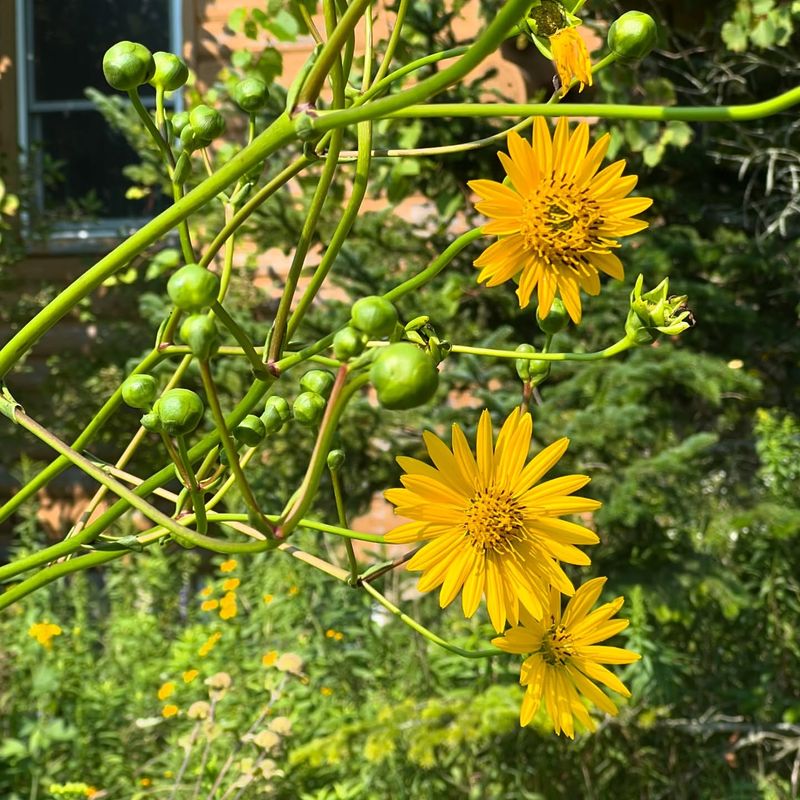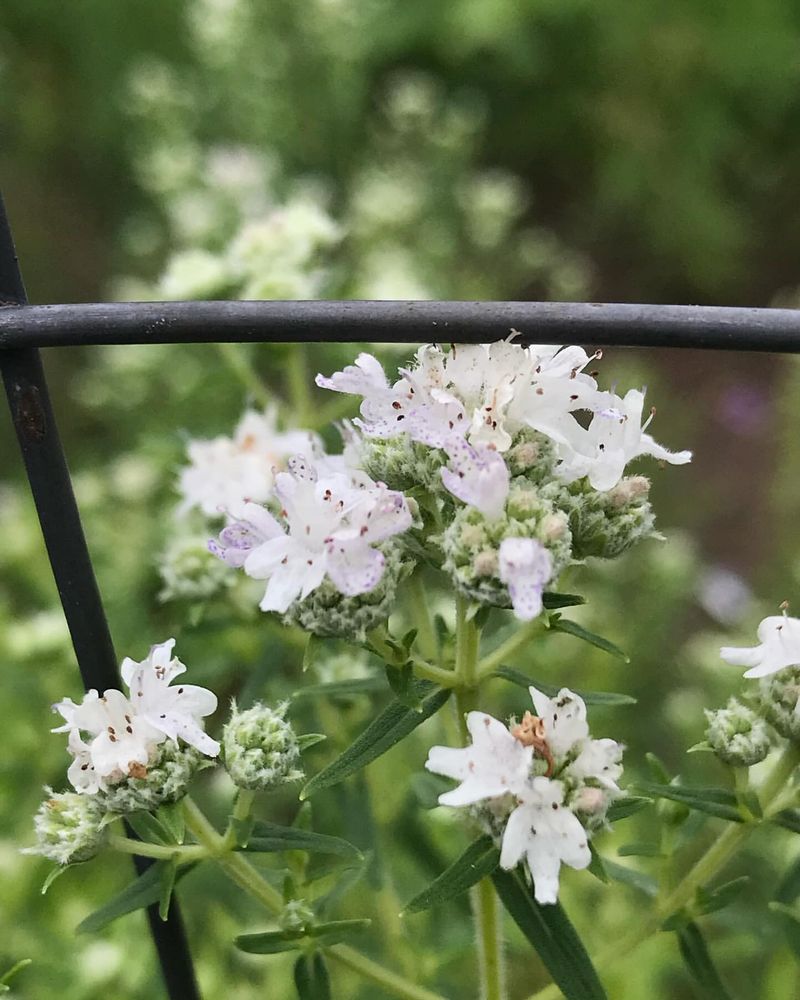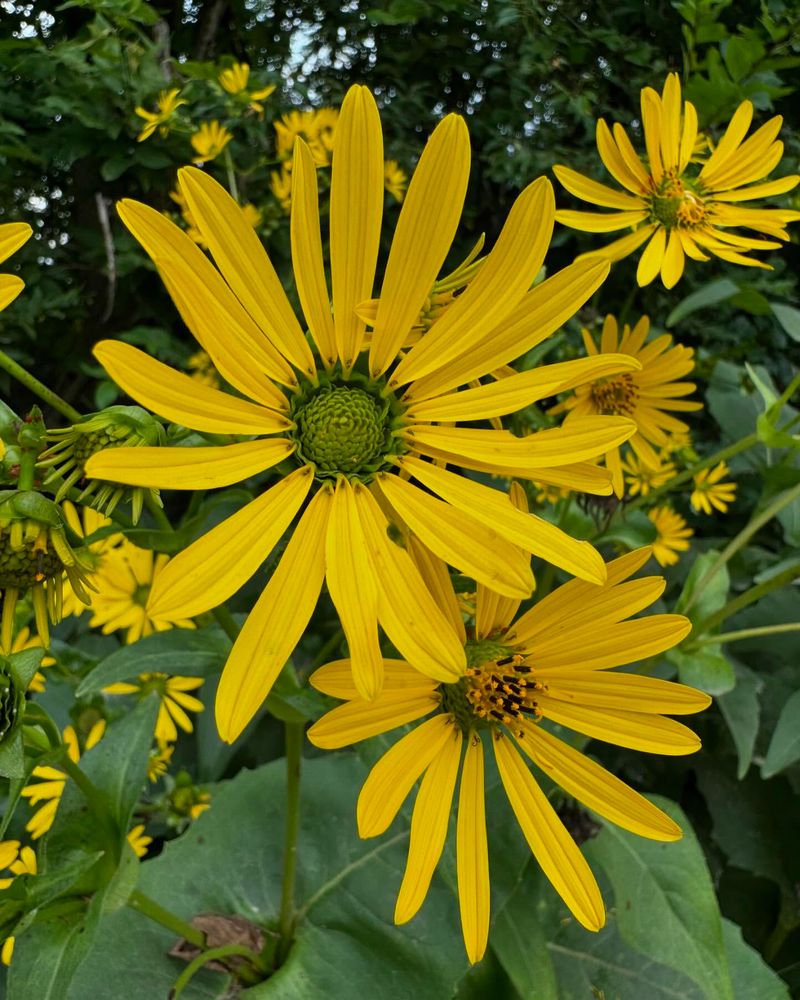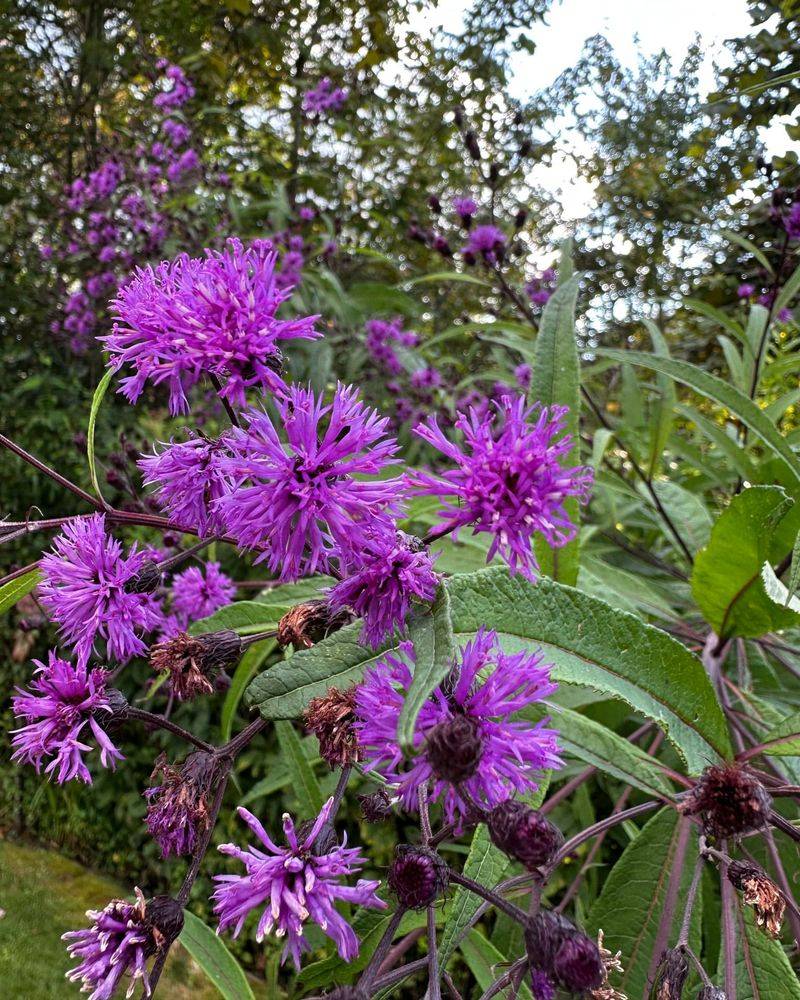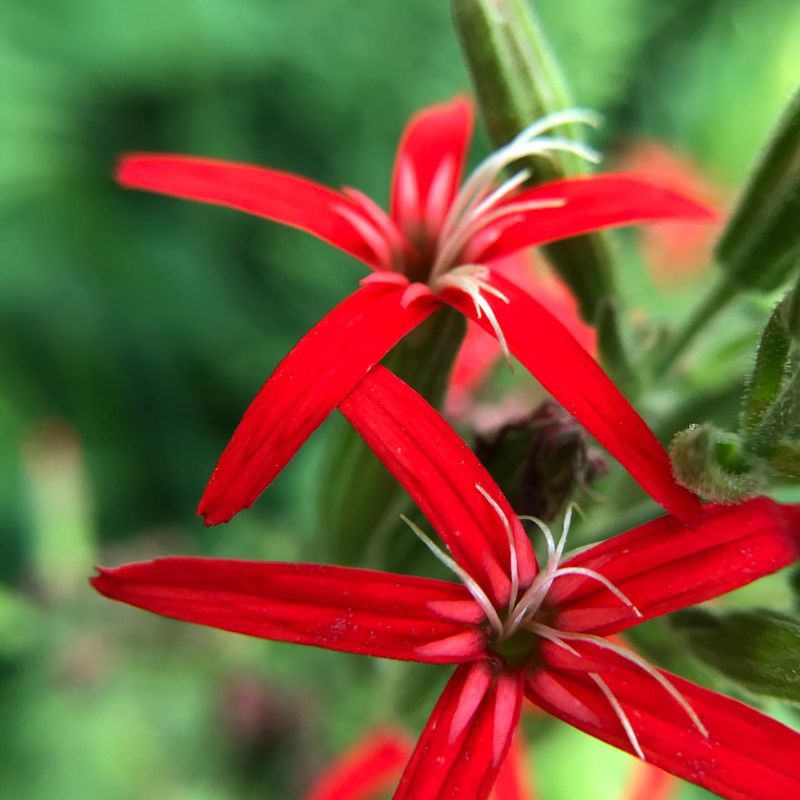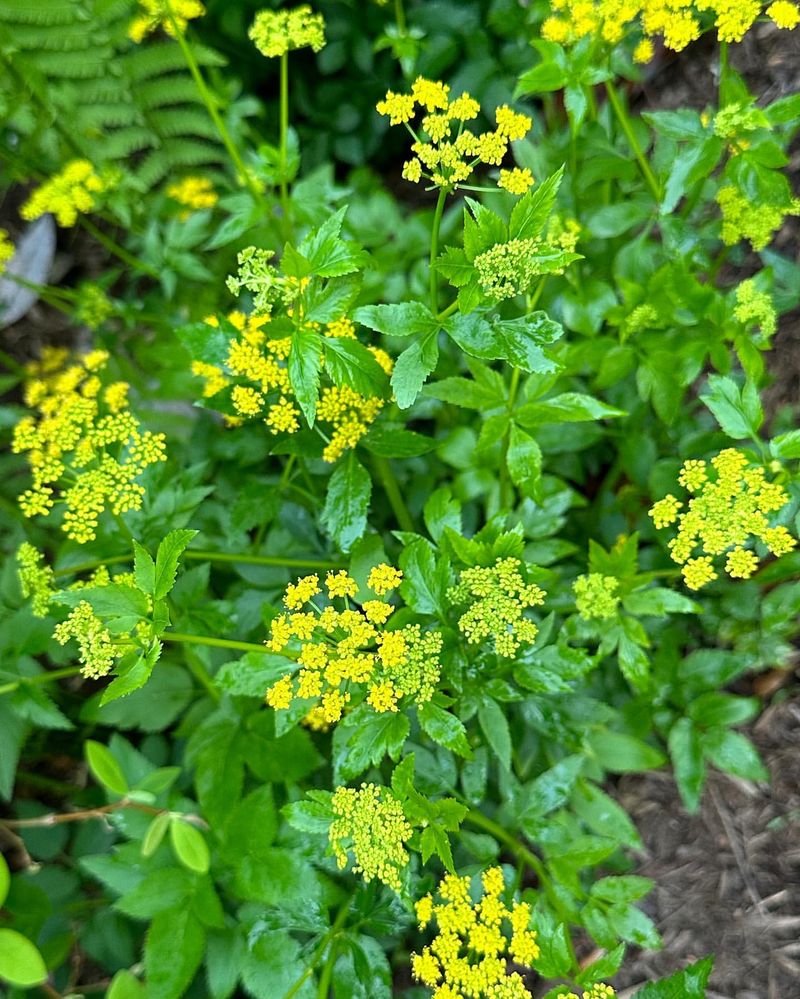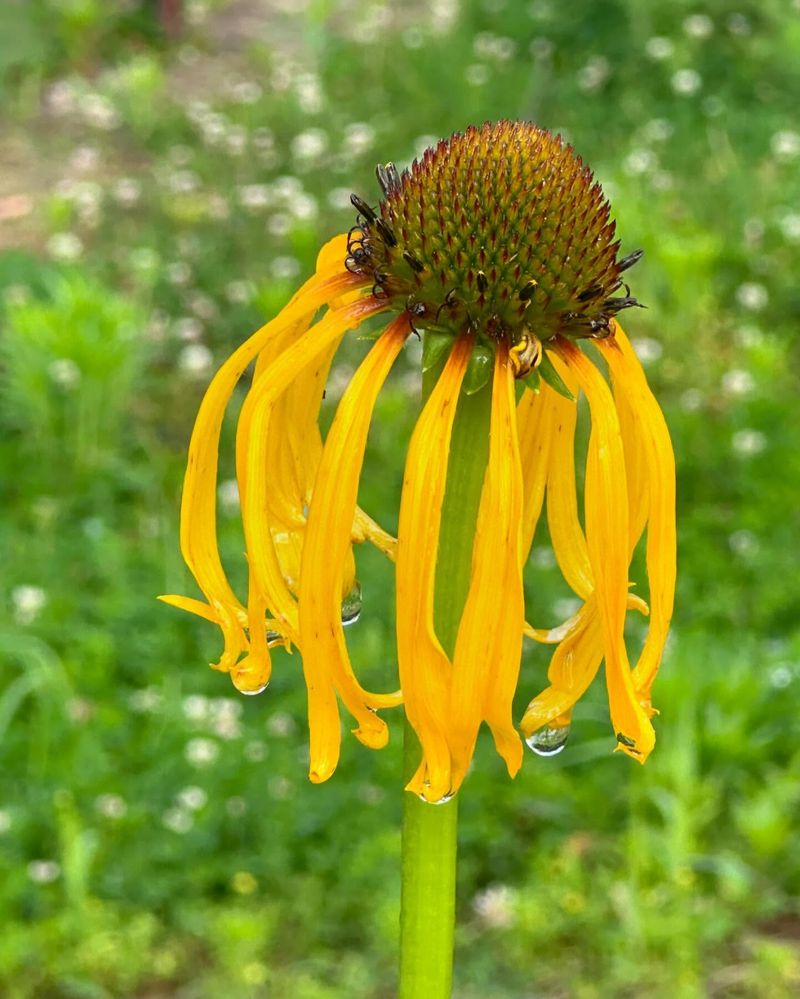Wildflowers have always held a special place in my heart, especially those native to Missouri.
Their vibrant colors and unique shapes add a touch of wild elegance to any garden, making them not only a feast for the eyes but also a sanctuary for local wildlife.
As we explore these 36 stunning native wildflowers, get ready to be inspired by the beauty and charm each one brings to the Missouri landscape.
Whether you’re a seasoned gardener or just starting out, these wildflowers offer a perfect way to blend beauty with ecological harmony in your outdoor spaces.
1. Purple Coneflower
With its striking tall stalks and drooping purple petals, this wildflower captures the heart of many gardeners. The purple coneflower, known scientifically as Echinacea purpurea, is not only beautiful but also incredibly hardy, thriving in various soil types across Missouri.
This native gem attracts pollinators like bees and butterflies, making it an excellent choice for eco-conscious gardeners.
Its long blooming season ensures that your garden remains colorful from mid-summer to early fall.
Plus, its medicinal properties have been celebrated for centuries, adding both aesthetic and practical value to your garden.
2. Black-Eyed Susan
Sunshine seems to radiate from the golden petals of these cheerful flowers. The black-eyed Susan, or Rudbeckia hirta, is a staple in Missouri gardens, renowned for its resilience and vibrant color.
These flowers are perfect for attracting pollinators, including butterflies and bees, adding life and movement to your garden.
Their drought tolerance and ability to adapt to poor soil conditions make them an excellent low-maintenance choice for gardeners.
Whether in a formal garden or a wildflower meadow, black-eyed Susans provide continuous blooms through the summer months, offering beauty and joyous color.
3. Wild Bergamot
Graceful and aromatic, this wildflower brings a touch of elegance to any garden. Wild bergamot, also known as Monarda fistulosa, boasts clusters of lavender flowers that create a soft, soothing appearance.
This flower is a magnet for hummingbirds and bees, enhancing the ecological diversity of your garden. Its fragrant leaves, often used in teas and herbal remedies, add an extra dimension to its appeal.
Thriving in sunny, well-drained areas, wild bergamot is both beautiful and practical, ensuring it remains a popular choice for Missouri gardeners.
4. Missouri Primrose
Bright and cheerful, these flowers open their petals to greet the morning sun. The Missouri primrose, or Oenothera macrocarpa, offers a stunning display of large, lemon-yellow blossoms.
This drought-tolerant plant thrives in rocky or sandy soils, making it ideal for the diverse Missouri landscape. It blooms from late spring through summer, providing a long-lasting splash of color.
Its low-growing nature and sprawling habit make it perfect for borders or rock gardens, allowing it to shine in various garden settings.
5. Butterfly Weed
Bold and brilliant, this wildflower is a favorite among butterfly enthusiasts. The butterfly weed, or Asclepias tuberosa, is known for its stunning orange blooms that attract monarch butterflies.
This hardy perennial thrives in sunny, well-drained areas, making it perfect for Missouri gardens. Its ability to support butterfly populations by providing food and habitat is an added ecological benefit.
Beyond its visual appeal, the butterfly weed’s low maintenance and drought resistance make it a practical and beautiful addition to any garden.
6. Wild Blue Phlox
These delicate blooms offer a touch of tranquility to any shady garden spot. Wild blue phlox, or Phlox divaricata, features fragrant lavender-blue flowers that add a serene beauty to the landscape.
Perfect for woodland gardens, this flower thrives in partial shade and moist, well-drained soil. Its early spring blooms provide a vital source of nectar for pollinators emerging from winter dormancy.
The soft colors and gentle fragrance of wild blue phlox make it an enchanting addition to any garden, offering both beauty and ecological benefits.
7. Showy Goldenrod
Towering above other plants, this wildflower catches the eye with its golden blooms. Showy goldenrod, or Solidago speciosa, is celebrated for its vibrant yellow flowers that light up the late summer and fall landscape.
This plant is excellent for attracting pollinators, including bees and butterflies, enhancing your garden’s ecological value. Its adaptability to various soil types and conditions makes it a versatile choice for Missouri gardeners.
The showy goldenrod’s ability to thrive in both dry and moist environments ensures its beauty and resilience in any garden setting.
8. Cardinal Flower
With vibrant red blooms, this wildflower adds a splash of color to moist garden areas. The cardinal flower, or Lobelia cardinalis, is known for its striking scarlet flowers that attract hummingbirds and butterflies.
Ideal for planting near ponds or water gardens, this plant thrives in moist, rich soil and partial shade. Its tall, dramatic spikes provide vertical interest, making it a standout in any garden.
The cardinal flower’s beauty and ecological benefits make it a popular choice for gardeners aiming to create a lively, colorful landscape.
9. Wild Petunia
Delicate yet resilient, this wildflower offers a touch of subtle beauty. Wild petunia, or Ruellia humilis, is known for its soft purple blooms that can brighten any garden area.
This low-maintenance plant thrives in full sun and well-drained soil, making it perfect for rock gardens or mixed borders. Its ability to attract pollinators such as bees and butterflies adds ecological value to your garden.
The wild petunia’s subtle charm and toughness make it a delightful addition to any garden, providing beauty and simplicity.
10. Eastern Columbine
Graceful and intricate, these flowers add elegance to shaded gardens. Eastern columbine, or Aquilegia canadensis, features unique red and yellow blooms that capture the imagination.
This woodland flower thrives in partial shade and well-drained soil, making it perfect for naturalized garden settings. Its nectar-rich flowers attract hummingbirds and bees, enhancing your garden’s ecological diversity.
The eastern columbine’s whimsical appearance and wildlife-friendly nature make it a cherished addition to any garden.
11. Prairie Blazing Star
Standing tall and proud, this wildflower is a beacon of beauty in open fields. Prairie blazing star, or Liatris pycnostachya, is known for its striking vertical spikes adorned with vibrant purple flowers.
This moisture-loving plant thrives in sunny, well-drained areas, adding vertical interest to your garden. Its flowers are a magnet for pollinators, including butterflies and bees, supporting ecological diversity.
The prairie blazing star’s stunning appearance and ability to attract wildlife make it a valuable addition to any garden focused on beauty and biodiversity.
12. Purple Prairie Clover
These lovely blooms stand out with their vibrant color and unique shape. Purple prairie clover, or Dalea purpurea, features striking purple flower heads surrounded by delicate green foliage.
This native flower thrives in full sun and well-drained soil, making it ideal for meadows and prairie gardens. Its ability to fix nitrogen in the soil benefits surrounding plants, enhancing the overall health of your garden.
The purple prairie clover’s beauty and ecological benefits make it a fantastic choice for gardeners seeking to create a vibrant, sustainable landscape.
13. Coreopsis
These sunny blooms seem to dance in the breeze, offering a cheerful presence in the garden. Coreopsis, or Coreopsis lanceolata, is celebrated for its bright yellow flowers that bloom profusely.
This hardy plant thrives in full sun and well-drained soil, making it perfect for borders and wildflower gardens. Its long blooming season and ability to attract pollinators like butterflies add both beauty and ecological value to your garden.
The coreopsis’s vibrant color and low-maintenance nature make it a delightful addition for any gardener looking to enhance their outdoor space.
14. Wild Senna
Tall and majestic, this wildflower brings a touch of elegance to any garden. Wild senna, or Senna hebecarpa, is known for its bright yellow flowers and lush green foliage.
This native plant thrives in sunny, well-drained areas, making it ideal for garden borders and naturalized settings. Its ability to attract pollinators, including bees and butterflies, enhances the ecological diversity of your garden.
The wild senna’s striking appearance and wildlife-friendly nature make it a valuable addition to any garden focused on beauty and sustainability.
15. Blue False Indigo
With its stunning blue blooms, this wildflower adds a touch of sophistication to any garden. Blue false indigo, or Baptisia australis, is renowned for its tall spikes of deep blue flowers.
This hardy perennial thrives in full sun and well-drained soil, making it perfect for prairie gardens and mixed borders. Its ability to attract pollinators and improve soil health through nitrogen fixation adds ecological value to your garden.
The blue false indigo’s elegance and practical benefits make it a beloved choice for gardeners seeking to enhance their landscape with native beauty.
16. Downy Skullcap
Soft and subtle, this wildflower offers a gentle touch of beauty to shaded areas. Downy skullcap, or Scutellaria incana, features delicate lavender flowers that add a soothing presence to the landscape.
This woodland plant thrives in partial shade and moist, well-drained soil, making it perfect for naturalized garden settings. Its flowers attract pollinators, enhancing the ecological diversity of your garden.
The downy skullcap’s understated elegance and wildlife-friendly nature make it a delightful addition to any garden focused on tranquility and biodiversity.
17. Wild Indigo
Vibrant and captivating, this wildflower brings a splash of color to sunny garden spots. Wild indigo, or Baptisia sphaerocarpa, is celebrated for its bright orange flowers and lush foliage.
This drought-tolerant plant thrives in full sun and well-drained soil, making it ideal for prairie gardens and mixed borders. Its ability to attract pollinators and improve soil health through nitrogen fixation adds ecological value to your garden.
The wild indigo’s striking appearance and practical benefits make it a cherished choice for gardeners seeking to enhance their outdoor spaces with native beauty.
18. New England Aster
Bold and beautiful, this wildflower adds vibrant color to fall gardens. New England aster, or Symphyotrichum novae-angliae, features striking purple flowers that brighten the autumn landscape.
This hardy plant thrives in full sun and well-drained soil, making it perfect for borders and wildflower gardens. Its late-season blooms provide a vital source of nectar for pollinators, supporting ecological diversity.
The New England aster’s vibrant color and wildlife-friendly nature make it a valuable addition to any garden focused on beauty and sustainability.
19. Blue-eyed Grass
Tiny yet eye-catching, this wildflower offers a touch of whimsy to any garden. Blue-eyed grass, or Sisyrinchium angustifolium, is known for its delicate blue flowers and slender foliage.
This plant thrives in full sun and well-drained soil, making it perfect for meadows and rock gardens. Its ability to attract pollinators adds ecological value to your garden, enhancing its biodiversity.
The blue-eyed grass’s charm and practicality make it a delightful addition for gardeners seeking to create a vibrant, sustainable landscape.
20. Virginia Bluebells
These enchanting blooms add a touch of magic to shaded garden areas. Virginia bluebells, or Mertensia virginica, feature soft blue flowers that create a serene and calming presence.
This woodland plant thrives in partial shade and moist, well-drained soil, making it perfect for naturalized garden settings. Its early spring blooms provide a vital source of nectar for pollinators emerging from winter dormancy.
The Virginia bluebells’ gentle beauty and ecological benefits make them a cherished addition to any garden focused on tranquility and biodiversity.
21. Wild Geranium
With their delicate blooms, these flowers add a touch of grace to any shaded garden. Wild geranium, or Geranium maculatum, features soft pink flowers that offer a serene beauty.
This woodland plant thrives in partial shade and moist, well-drained soil, making it ideal for naturalized garden settings. Its flowers attract pollinators, enhancing the ecological diversity of your garden.
The wild geranium’s understated elegance and wildlife-friendly nature make it a delightful addition to any garden focused on tranquility and biodiversity.
22. Prairie Smoke
Intriguing and whimsical, this wildflower adds a unique charm to sunny garden spots. Prairie smoke, or Geum triflorum, is known for its wispy pink flowers that create a soft, ethereal appearance.
This plant thrives in full sun and well-drained soil, making it perfect for prairie gardens and rock gardens. Its ability to attract pollinators adds ecological value to your garden, enhancing its biodiversity.
The prairie smoke’s enchanting appearance and practical benefits make it a delightful addition for gardeners seeking to create a vibrant, sustainable landscape.
23. Spiderwort
These intriguing flowers bring a touch of mystery to garden spaces. Spiderwort, or Tradescantia ohiensis, features delicate purple blooms that add a unique charm to the landscape.
This hardy plant thrives in full sun and well-drained soil, making it perfect for borders and wildflower gardens. Its ability to attract pollinators, including bees and butterflies, enhances the ecological diversity of your garden.
The spiderwort’s captivating appearance and wildlife-friendly nature make it a valuable addition to any garden focused on beauty and sustainability.
24. Wild Sweet William
Bright and cheerful, this wildflower brings a splash of color to meadow gardens. Wild sweet william, or Phlox maculata, is celebrated for its vibrant pink flowers and lush foliage.
This hardy plant thrives in full sun and well-drained soil, making it perfect for meadows and borders. Its ability to attract pollinators adds ecological value to your garden, enhancing its biodiversity.
The wild sweet william’s vibrant color and practical benefits make it a delightful addition for gardeners seeking to create a lively, sustainable landscape.
25. Compass Plant
Standing tall and proud, this wildflower adds vertical interest to open spaces. Compass plant, or Silphium laciniatum, is known for its tall stalks and vibrant yellow flowers.
This hardy perennial thrives in full sun and well-drained soil, making it perfect for prairie gardens and wildflower meadows. Its ability to attract pollinators and provide food for birds enhances the ecological diversity of your garden.
The compass plant’s striking appearance and practical benefits make it a valuable addition for gardeners focused on beauty and biodiversity.
26. Wild Quinine
With its unique blooms, this wildflower adds a touch of elegance to garden spaces. Wild quinine, or Parthenium integrifolium, features clusters of white flowers that create a striking contrast against its green foliage.
This hardy plant thrives in full sun and well-drained soil, making it perfect for borders and wildflower gardens. Its ability to attract pollinators adds ecological value to your garden, enhancing its biodiversity.
The wild quinine’s distinctive appearance and practical benefits make it a cherished choice for gardeners seeking to create a vibrant, sustainable landscape.
27. Rattlesnake Master
Intriguing and bold, this wildflower adds a unique touch to garden areas. Rattlesnake master, or Eryngium yuccifolium, is celebrated for its spiky green flowers and slender foliage.
This hardy plant thrives in full sun and well-drained soil, making it perfect for prairie gardens and rock gardens. Its ability to attract pollinators adds ecological value to your garden, enhancing its biodiversity.
The rattlesnake master’s distinctive appearance and practical benefits make it a valuable addition for gardeners seeking to create a lively, sustainable landscape.
28. Hoary Vervain
These vibrant spikes add a touch of drama to open garden spaces. Hoary vervain, or Verbena stricta, is known for its tall spikes of purple flowers that stand out in the landscape.
This hardy plant thrives in full sun and well-drained soil, making it perfect for meadows and prairie gardens. Its ability to attract pollinators enhances the ecological diversity of your garden.
The hoary vervain’s bold appearance and wildlife-friendly nature make it a cherished addition for gardeners looking to create a vibrant, sustainable environment.
29. Pale Purple Coneflower
These elegant blooms add a touch of sophistication to open garden spaces. Pale purple coneflower, or Echinacea pallida, features drooping lavender petals and a distinctive orange center.
This hardy plant thrives in full sun and well-drained soil, making it perfect for prairie gardens and wildflower meadows. Its ability to attract pollinators adds ecological value to your garden, enhancing its biodiversity.
The pale purple coneflower’s graceful appearance and practical benefits make it a cherished addition for gardeners seeking to create a vibrant, sustainable landscape.
30. Prairie Dock
These striking flowers add a touch of grandeur to open spaces. Prairie dock, or Silphium terebinthinaceum, is known for its tall yellow blooms and distinctive large leaves.
This hardy perennial thrives in full sun and well-drained soil, making it perfect for prairie gardens and wildflower meadows. Its ability to attract pollinators and provide food for birds enhances the ecological diversity of your garden.
The prairie dock’s impressive appearance and practical benefits make it a valuable addition for gardeners focused on beauty and biodiversity.
31. Mountain Mint
Fragrant and refreshing, this wildflower adds a sensory delight to garden spaces. Mountain mint, or Pycnanthemum virginianum, features clusters of white flowers and aromatic foliage.
This hardy plant thrives in full sun and well-drained soil, making it perfect for borders and herb gardens. Its ability to attract pollinators and provide culinary uses enhances the ecological value of your garden.
The mountain mint’s delightful fragrance and practicality make it a cherished choice for gardeners seeking to create a vibrant, sustainable landscape.
32. Cup Plant
Intriguing and functional, this wildflower adds a unique touch to garden areas. Cup plant, or Silphium perfoliatum, is celebrated for its tall yellow flowers and distinctive cup-like leaves.
This hardy perennial thrives in full sun and well-drained soil, making it perfect for prairie gardens and wildflower meadows. Its ability to attract pollinators and provide habitat for birds enhances the ecological diversity of your garden.
The cup plant’s unique appearance and practical benefits make it a valuable addition for gardeners focused on beauty and biodiversity.
33. Ironweed
Bold and beautiful, this wildflower adds a splash of color to open garden spaces. Ironweed, or Vernonia fasciculata, features tall purple blooms that stand out in the landscape.
This hardy plant thrives in full sun and well-drained soil, making it perfect for meadows and wildflower gardens. Its ability to attract pollinators enhances the ecological diversity of your garden.
The ironweed’s vibrant color and wildlife-friendly nature make it a cherished addition for gardeners seeking to create a lively, sustainable environment.
34. Royal Catchfly
Bright and captivating, this wildflower brings a touch of drama to garden spaces. Royal catchfly, or Silene regia, is celebrated for its brilliant red blooms that attract hummingbirds.
This hardy plant thrives in full sun and well-drained soil, making it perfect for borders and wildflower gardens. Its ability to attract pollinators adds ecological value to your garden, enhancing its biodiversity.
The royal catchfly’s striking appearance and practical benefits make it a valuable addition for gardeners focused on beauty and sustainability.
35. Golden Alexander
These cheerful blooms add a sunny touch to garden spaces. Golden Alexander, or Zizia aurea, features clusters of bright yellow flowers that brighten the landscape.
This hardy plant thrives in full sun and well-drained soil, making it perfect for borders and wildflower gardens. Its ability to attract pollinators and support wildlife enhances the ecological diversity of your garden.
The golden Alexander’s vibrant color and practical benefits make it a cherished addition for gardeners seeking to create a vibrant, sustainable environment.
36. Yellow Coneflower
These graceful blooms bring a touch of elegance to open garden spaces. Yellow coneflower, or Ratibida pinnata, features drooping yellow petals and a distinctive brown center.
This hardy plant thrives in full sun and well-drained soil, making it perfect for prairie gardens and wildflower meadows. Its ability to attract pollinators adds ecological value to your garden, enhancing its biodiversity.
The yellow coneflower’s charming appearance and practical benefits make it a cherished addition for gardeners seeking to create a vibrant, sustainable landscape.

